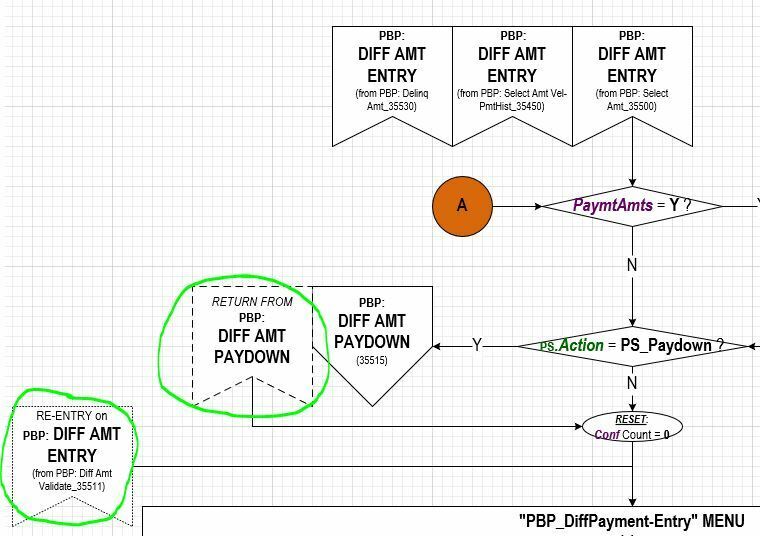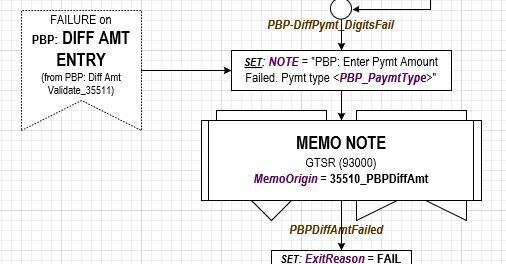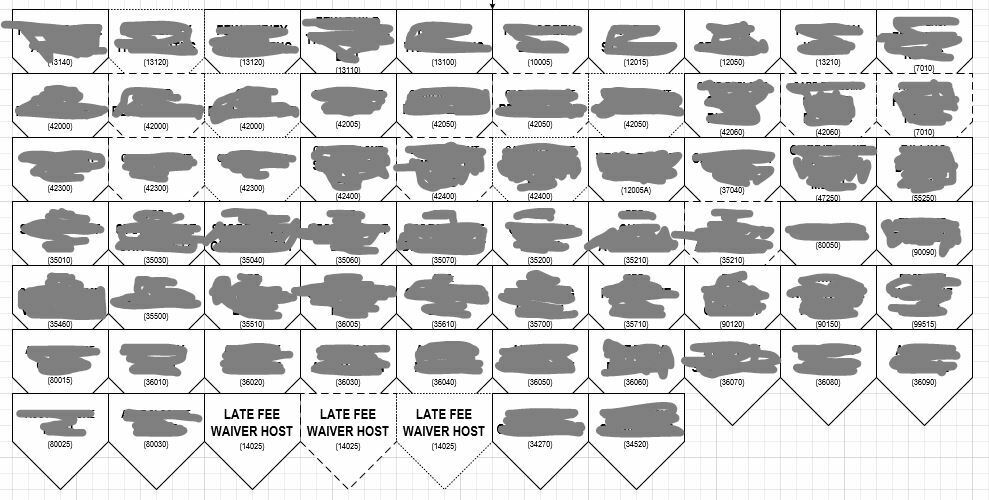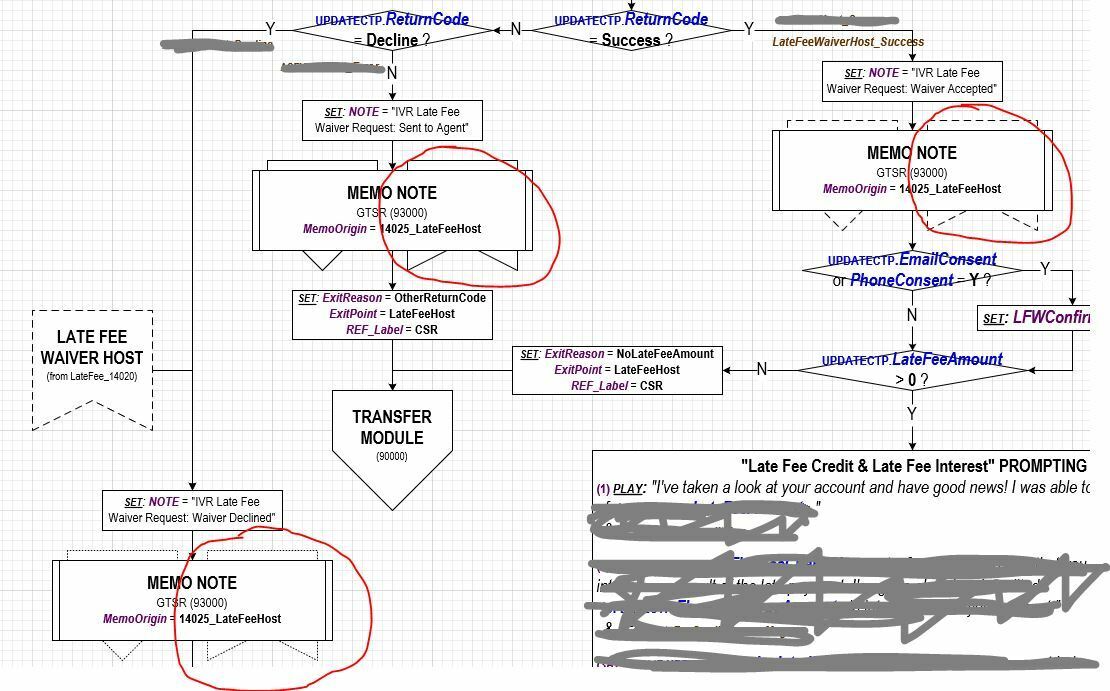Context: This may be harder to explain but let's say I have interlinking tabs in a LucidChart. Tabs A, B, C, D, E .... There are shapes in each tabs, and the shapes will link to other tabs. For example, Tab A -> D, B->D, C->D, E->D.
I'd like to implement a "Back" functionality.
Scenario 1) User navigates from Tab A -> Tab D. Then user clicks the "back" button/shape. The user goes back to Tab A
Scenario 2) User navigates from Tab C -> Tab D. Then user clicks the "back" button/shape. The user goes back to Tab C
Request: A “back” shape/function that knows where it came from, i.e., the back button on a browser or a smartphone.



